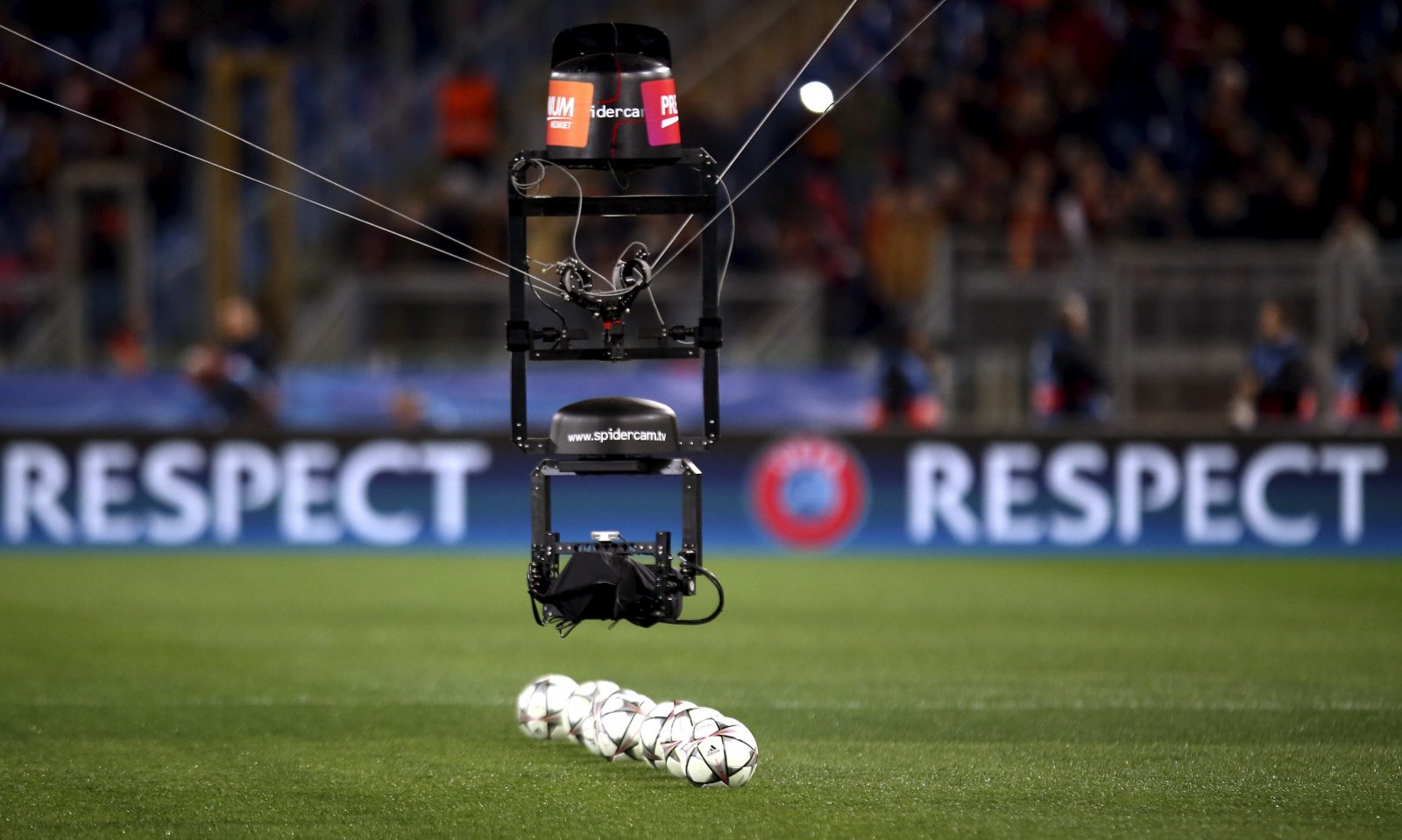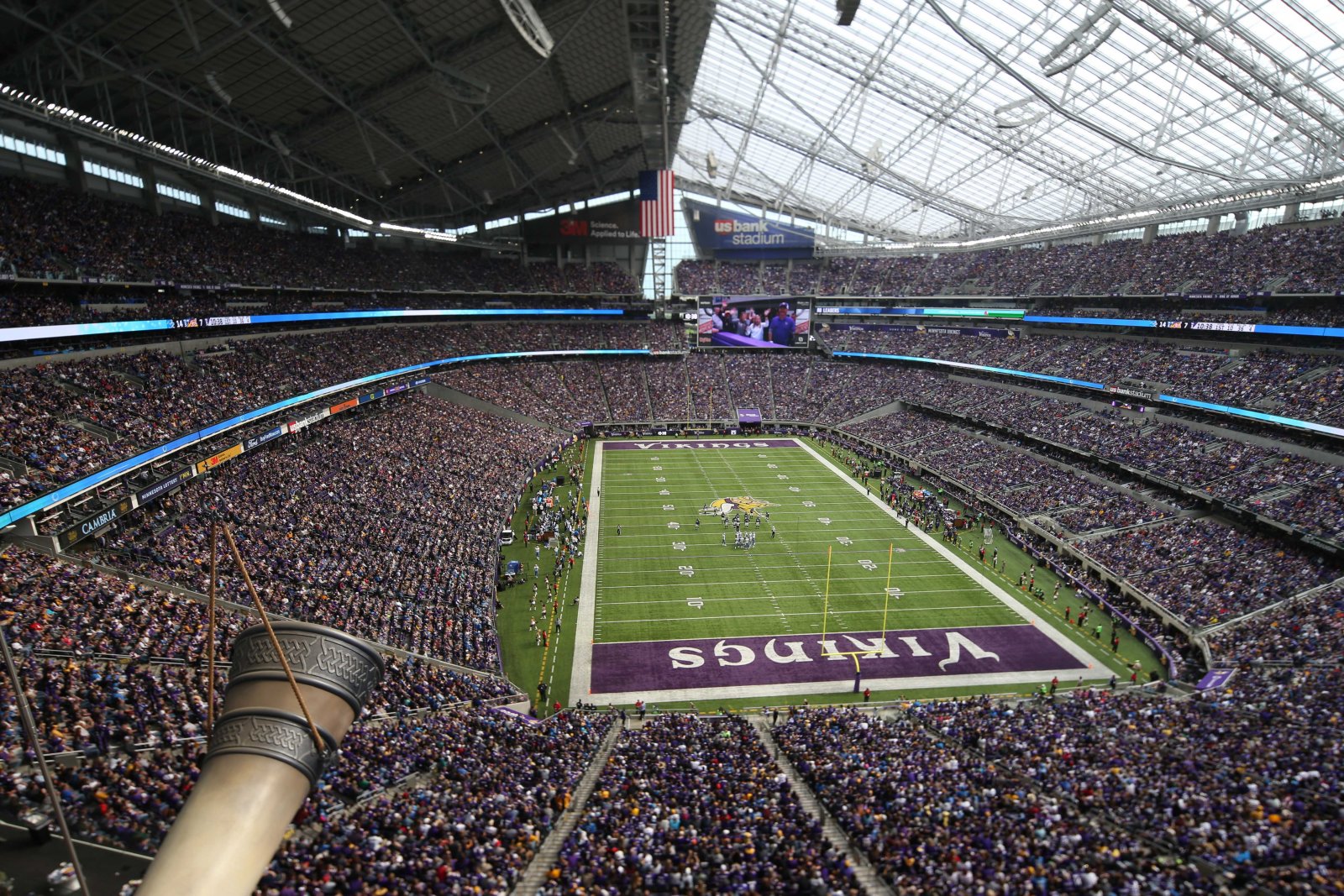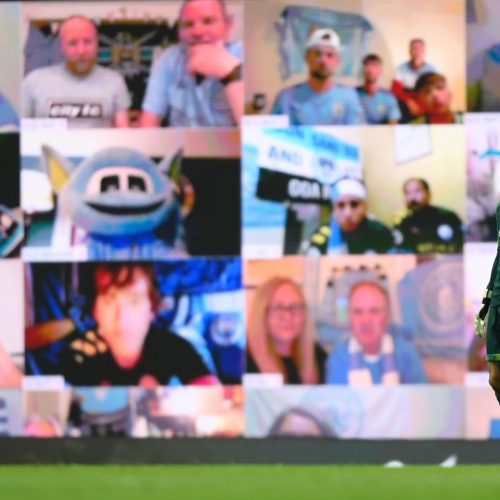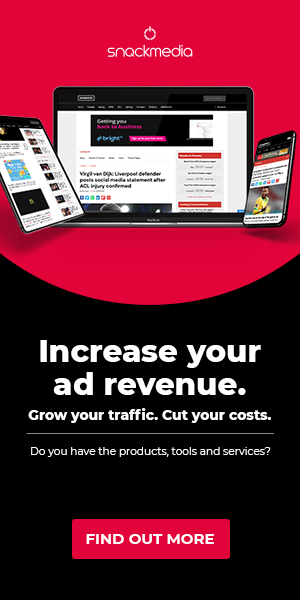Embracing change is the most crucial hurdle facing the sports industry today
This is a guest post by James Massing, Sales and Business Development, NFL International.
Following Amazon’s acquisition of the Premier League’s media rights to stream 20 matches a season, I have been reading a lot of commentary that states consumption of global sports is in decline.
I was stirred to challenge this…
Sport is changing. The market for sport is changing too. And change is good. Industries that fail to change often end up in real difficulty, so change should be embraced not challenged.
So, what’s the real issue? Audiences are failing to identify with linear sports programming and TV ratings are down for many major sports properties in Europe and North America. Yet we might argue that sports fans are watching more sport and consuming more information about sports than ever before. Technology is driving this change. And yet, this presents a secondary issue that industry metrics do not necessarily capture this consumption.
Live streaming, over-the-top (OTT) service delivery, mobile applications, social video, virtual reality, augmented reality, performance insights and real-time highlights make up a digital landscape that has impacted the global sports industry. Technology has brought fans closer to the action and with improvements in internet connectivity and the rapid adoption of smartphones and social networks, viewers have more options available to them than ever before.
Today, fans don’t have to go to a game or rely on linear TV broadcasts to follow the action and this has significant implications for how sport evolves in the next year, decade and beyond.
Social networks such as Facebook, Twitter, Snapchat and WeChat have played a key role in this change in consumption, with mobile and video at the centre. Nielsen have reported rapid growth of social and digital video in the last three years – with growth accelerating in most markets. Sports fans, like all consumers, face a myriad of choices for attention and social networks present an immediate, global platform for rights owners to deliver content – building direct relationships with the audience and raising levels of engagement.
The introduction of live streaming and OTT, for example the first global live stream of an NFL game on Yahoo in 2015, and more recently the introduction of broadcast-quality streams on social platforms, have enabled fans to experience live sport away from the TV. Athletes, teams and leagues have been able to break down the barriers of traditional linear TV production to deliver authentic, live broadcasts focused on this expanding digital audience. This new method of ‘broadcasting’ creates an ecosystem that is less reliant on traditional TV, cable or radio – and more importantly, it’s aligned to the behavior of the next generation of fans who crave instant, personalized and on-demand services.
Technology is not just changing the way audiences consume content, it is also changing the way broadcasters and rights-holders deliver content. Last year, for the first time, BT Sport streamed the Champions League final live in 360 VR on YouTube and its supporting apps. This was a unique experience for the fans, bringing them closer to the action than ever before. Fans could choose their own view of the final, direct from mobile (or VR headset), giving them access to live footage which was not available on the TV.
Technology such as VR and AR facilitate a region-free change for sports. Fans are no longer limited by their geographical proximity to an event. Facebook has indicated that there are more than 500 million soccer fans on the platform, many of whom will follow the top teams in the Premier League and La Liga, but few of whom will ever be able to watch a game live in the stadium.
The chance to experience the game from a local fan’s point of view in VR is a huge opportunity to increase engagement and drive new revenues from this global fan base – we just need to wait for the technology to catch up with the potential, but it’s getting close. And from a wider consumer perspective, when industry experts talk about ‘millennials’ and how they choose experiences over consumer goods, this surely presents a phenomenal opportunity to deliver something spectacular.
Live streams, wearable technologies, performance tracking, fan engagement apps and social media platforms are now part of a sports industry that gives fans more information, more access and more optionality for content than ever before: in real time and on demand. The impact of mobile and social means that fans don’t go looking for information about sports, the information finds them on the channels they are already engaged on.
Soon it will no longer be enough to deliver in-play highlights, images and live tweets at an event – fans will demand the ability to feel like they are there, to experience sport through a mobile device that more accurately represents the real thing; that’s if being at the venue is still considered ‘real’ in the future. Consumers will want to choose what to watch and when to watch on every platform or device. Updates will be personalised, direct and delivered in real time.
As one of its top priorities, the NFL re-launched its NFL Game Pass product last season to capitalize on this trend. Essentially, this is the NFL’s answer to Netflix, a direct-to-consumer streaming service that provides NFL fans outside of the US a one-stop-shop for NFL Live Games and NFL related content – a subscription app available across multiple platforms (laptop, phone, tablet, etc) that allows fans to watch every live game, a 40-minute version of the game, NFL Network, archive footage, magazine programme and NFL Films content – amongst other benefits. Not only has this been welcomed by fans, but this new personalized platform presents multiple opportunities for brands the engage with a targeted and passionate fan base in a new way.
Formula One also announced the launch of a similar product, F1 TV Pro, described as a premium service that will include ad-free live coverage of every session, access to all 20 on-board cameras, press conferences, support races and other exclusive footage. Sean Bratches, Managing Director – Commercial Operations, Formula One, commented that “this is one of Liberty’s standout initiatives for 2018 and part of the company’s overarching objective to take the sport of Formula One to more fans, more media platforms and more markets than ever before.”
Social experiences will change with technology too. We will move on from today’s WhatsApp groups and Twitter feeds to share banter with friends and fans, to dedicated virtual experiences that replicate stadiums, bars and living rooms across the world. What the NBA accomplished with its NBA League Pass app is a small glimpse to the future.
With 7 billion people expected to be connected to the internet by 2020, sports audiences across digital and social platforms will grow exponentially. This presents leagues, federations and teams the opportunity to globalise and monetise at scale. As advertising dollars slowly begin to migrate from traditional TV to OTT, social and digital, rights holders that can embrace change, leverage social audiences and build direct relationships with fans will be highly sought after.
Technology will impact the production, distribution, consumption and monetisation of sport and will continue to influence the development of sports performance. Vast quantities of data made available to coaching staff enables educated and informed decisions on training load, personalized development programs, nutrition, hydration and biometric activity… too much to address here, but a topic for the future maybe.
Over the next five years, technology will shape how audiences and fans interact with sport, it will impact sports formats and the frequency of consumption, provide data and feedback to better understand the needs of fans and improve the viewing experience. As 5G connectivity, from providers such as Verizon, rolls out and broadcasters and rights holders begin to harness and utilise the power of cloud-based platforms, sport will become increasingly dependent on technology (if it isn’t already)!
Arnon Woolfson, a music industry and brand partnerships expert, commented, “if the music industry offers a glimpse of the future for sport, we should expect rapid change, disruption and some challenging times ahead but the longer-term future is bright as a new industry emerges, shaped by the needs and lifestyles of its fans.”
Embrace the change and drive it, it’s full of opportunities and makes for a very exciting future!
About author
You might also like
Interview: Nielsen Sports’ Spencer Nolan Discusses Covid-19’s Impact on Sport Media Rights and the Commercial Sport Landscape
Digital Sport’s Rupert Pratt and Thomas Smith recently sat down with Nielsen Sports Managing Director for the UK & Ireland, Spencer Nolan, to discuss Covid-19’s impact on sport media rights
Snack Media acquire Facebook’s largest global sports publisher, GIVEMESPORT
Snack Media today announced that its acquisition of GIVEMESPORT will create one of the largest sports publishers in the UK, further strengthening its offering to advertisers, rights holders and independent media owners.
The seven essentials for achieving successful sports branding
By Daniela McVicker When it comes to sports, great branding is a must. Your brand influences how people see your company or team. It helps you to forge connections with










